Metal Injection Molding (MIM) is often promoted as an efficient way to manufacture small, complex metal components at scale.
While this is true, customers are sometimes surprised to discover that MIM requires a longer development cycle and higher tooling investment compared with other processes like CNC machining or die casting.
This article explains why, in a clear and straightforward way, and also highlights why MIM still holds strong market value, despite its complexity.
1. MIM Requires Process Design Beyond the Mold Itself
Unlike conventional molding processes, a MIM tool cannot simply replicate the final product geometry.
MIM parts undergo 14–20% shrinkage during sintering, and the shrinkage is uneven in different directions.
This forces engineers to:
-
Predict three-dimensional shrinkage
-
Apply compensation to the mold cavity
-
Consider flow balance, gate placement, and binder removal channels
-
Evaluate deformation risks during sintering
-
Perform multiple iterations and sample validations
A MIM tool is not “just a mold”—it is an engineered prediction model.
This alone increases design time and engineering cost.

2. MIM Tooling Is More Complex and Requires Higher Precision
MIM molds include extremely fine details, multi-gate systems, and delicate steel components that must sustain long-term mass production.
Challenges include:
-
Very small and deep cavities
-
High-strength steel requirements
-
Precise alignment for multi-cavity tools
-
Specialized gating to manage powder–binder flow
-
Tight dimensional tolerances after sintering shrinkage
Because MIM molds must deliver hundreds of thousands of parts consistently, they require higher engineering standards and longer manufacturing time.

3. Sampling Takes Longer Because Every Trial Requires the Full Process Chain
Unlike CNC, where a sample can be cut in hours, or plastic injection molding, where a part can be shot in minutes, MIM sampling requires a complete cycle:
-
Injection molding of the green part
-
Debinding (8–48 hours)
-
Sintering (8–12 hours)
-
Cooling & dimensional inspection
-
Mold modification or process adjustment
-
Repetition of the full cycle
One iteration takes 3–5 days, not 3–5 hours.
This is the core reason why MIM development requires several weeks.
4. MIM Is a Multi-Stage System, Not a Single Process
The final part quality is influenced by multiple stages:
-
Powder characteristics
-
Binder formulation
-
Injection conditions
-
Debinding method
-
Sintering temperature and atmosphere
-
Fixturing and support during sintering
A small fluctuation in any stage may shift dimensions, density, or appearance.
This is why MIM development is more costly and time-consuming—the process must be made stable as a whole, not just at one step.

5. Tooling Cost Reflects Engineering, Validation, and Long-Term Stability
What customers pay for is not only machining steel blocks.
MIM tooling cost includes:
-
DFM and shrinkage analysis
-
Runner and gate optimization
-
Trial-and-error validation across multiple cycles
-
Specialized steel and high-precision cavity finishing
-
Burn-off fixtures, sintering supports, and inspection jigs
-
Engineering time to stabilize long-term mass production
MIM tooling = mold cost + process development cost + stability guarantee.
6. Dimensional Accuracy & Batch Stability: The Biggest Difference Between MIM and CNC
A fundamental challenge is that MIM must deal with shrinkage + deformation + material densification, while CNC simply removes material from a fixed block.
| Item | MIM | CNC |
|---|---|---|
| Dimensional Determination | By mold design + shrinkage prediction + sintering behavior | By direct machining path |
| Batch Variation | Higher risk due to multi-step process | Very low; machine control is stable |
| Typical Accuracy | ±0.3–0.5% of size (typical) | ±0.005–0.02 mm common |
| Root Cause of Variation | Powder, molding, debinding, sintering | Tool wear or programming only |
This is why MIM requires multiple sampling rounds, while CNC often requires only one programming correction.

7. Key Process Challenges in MIM – Summary Comparison Table
| Process Stage | Main Difficulty | Impact on Parts | Why It’s Hard |
|---|---|---|---|
| Feedstock (Powder + Binder) | Powder size & composition sensitivity | Density, strength, surface texture | Powder batch variability |
| Injection Molding | Complex flow, fragile green parts | Internal voids, short shots, cracks | Narrow processing window |
| Debinding | Removing binder without damaging parts | Cracks, black spots, porosity | Different wall thickness affects rate |
| Sintering | Shrinkage, deformation, densification | Dimensional drift, bending, discoloration | Temperature & atmosphere critical |
| Dimensional Accuracy | Multi-stage error accumulation | Fitment issues | Compensating shrinkage is complex |
| Surface Quality | Powder texture, burn marks | Not ideal for aesthetic parts | Difficult to fully control |
This table is often the easiest way to help customers understand that MIM’s complexity is structural, not optional.
8. Why MIM Still Has Strong Market Value
Despite the challenges and cost, MIM offers unique advantages that other processes cannot easily replace:
1. Complex geometries at low cost (mass production)
MIM shines when a part is too complex for CNC or too small for die casting.
2. High material performance
After sintering, MIM parts achieve excellent strength, wear resistance, and corrosion resistance—comparable to wrought materials.
3. Ideal for small, high-density parts
Perfect for gears, connectors, medical components, locking mechanisms, and precision housings.
4. Excellent scalability
Once the process is stabilized, unit cost becomes extremely low for large batches (10,000 pcs to millions).
5. Broad material options
316L, 17-4PH, Fe-Ni alloys, tool steels, magnetic alloys—many materials are only practical via MIM.
6. High value in industries that demand miniaturization
Such as medical devices, consumer electronics, optical systems, sensors, and new energy systems.
➡ In short: MIM is difficult, but it solves problems that other processes cannot.
Conclusion
MIM takes longer to develop and requires higher tooling investment because it integrates materials science, injection technology, thermal processing, and dimensional engineering into a single manufacturing route.
The complexity of the process is also what gives MIM its unique value: the ability to produce small, complex, high-strength, high-volume metal parts at a cost that traditional processes cannot match.
Helping customers understand these factors upfront contributes to smoother cooperation, better expectations, and more successful MIM projects.

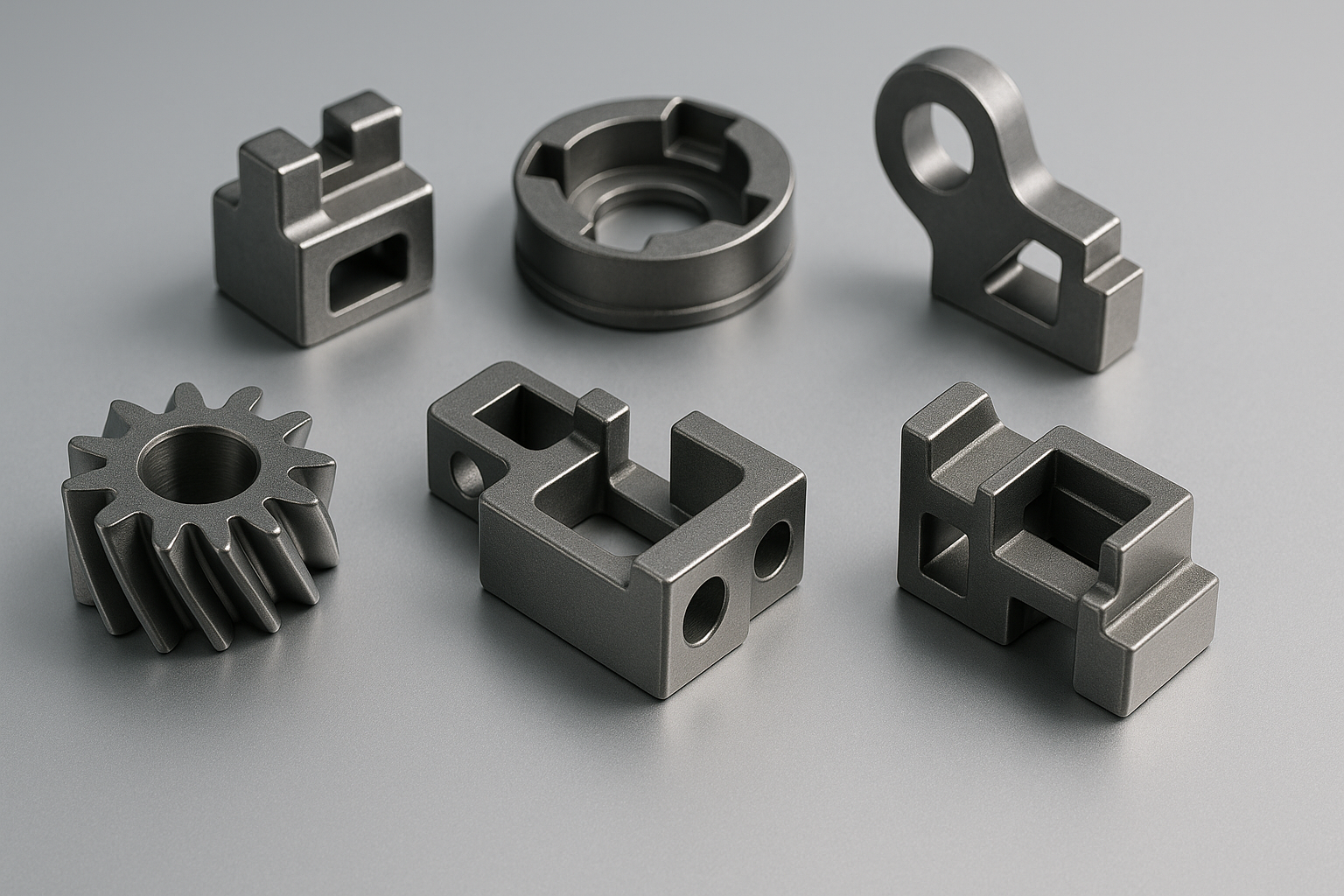

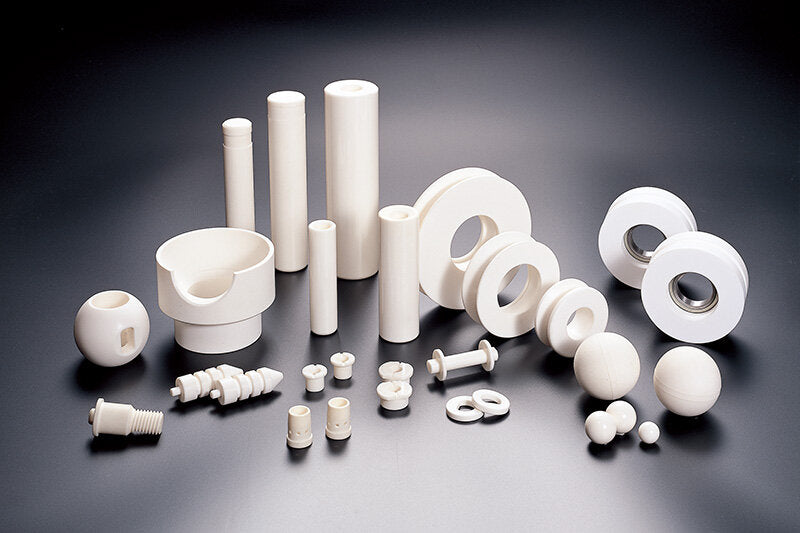
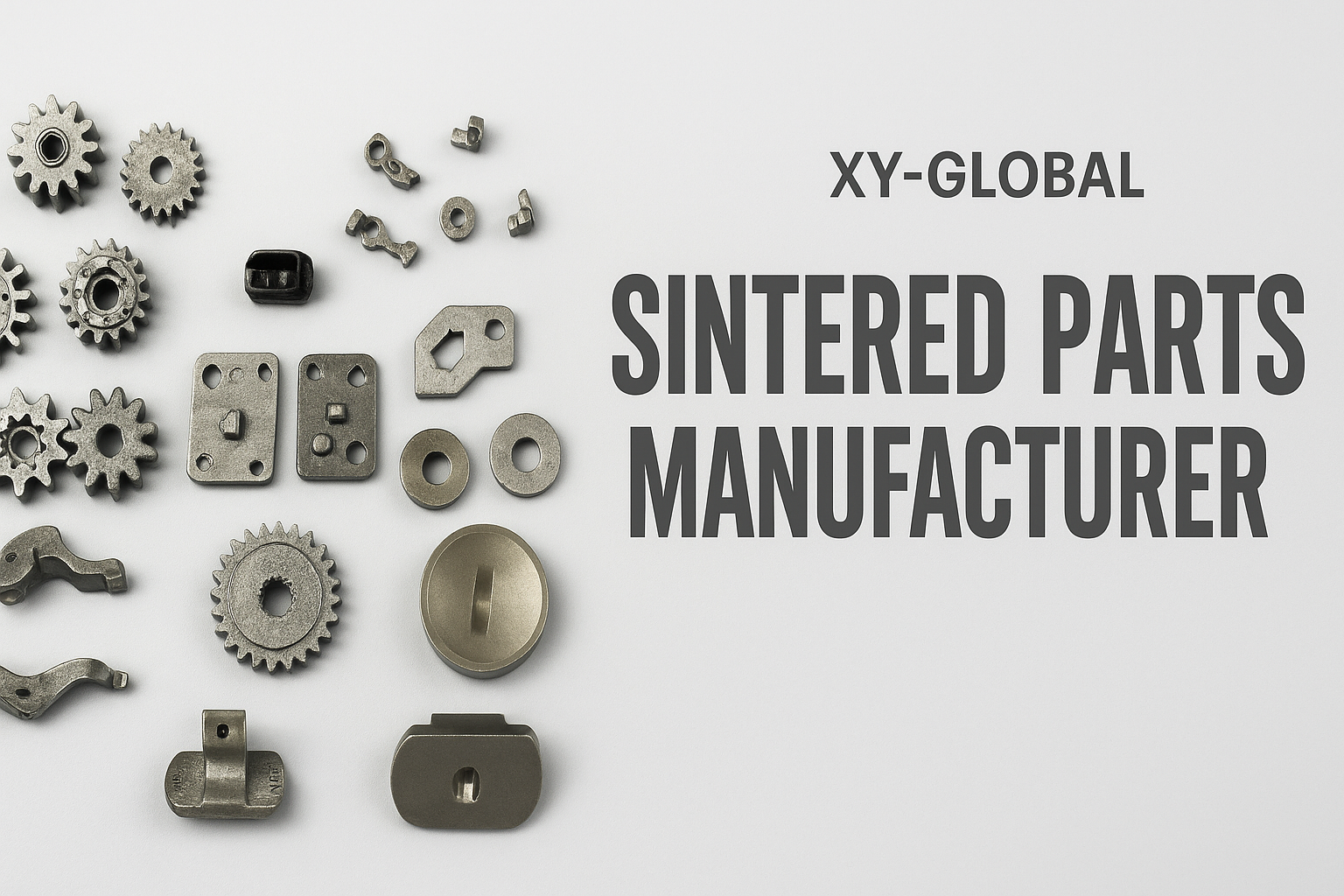
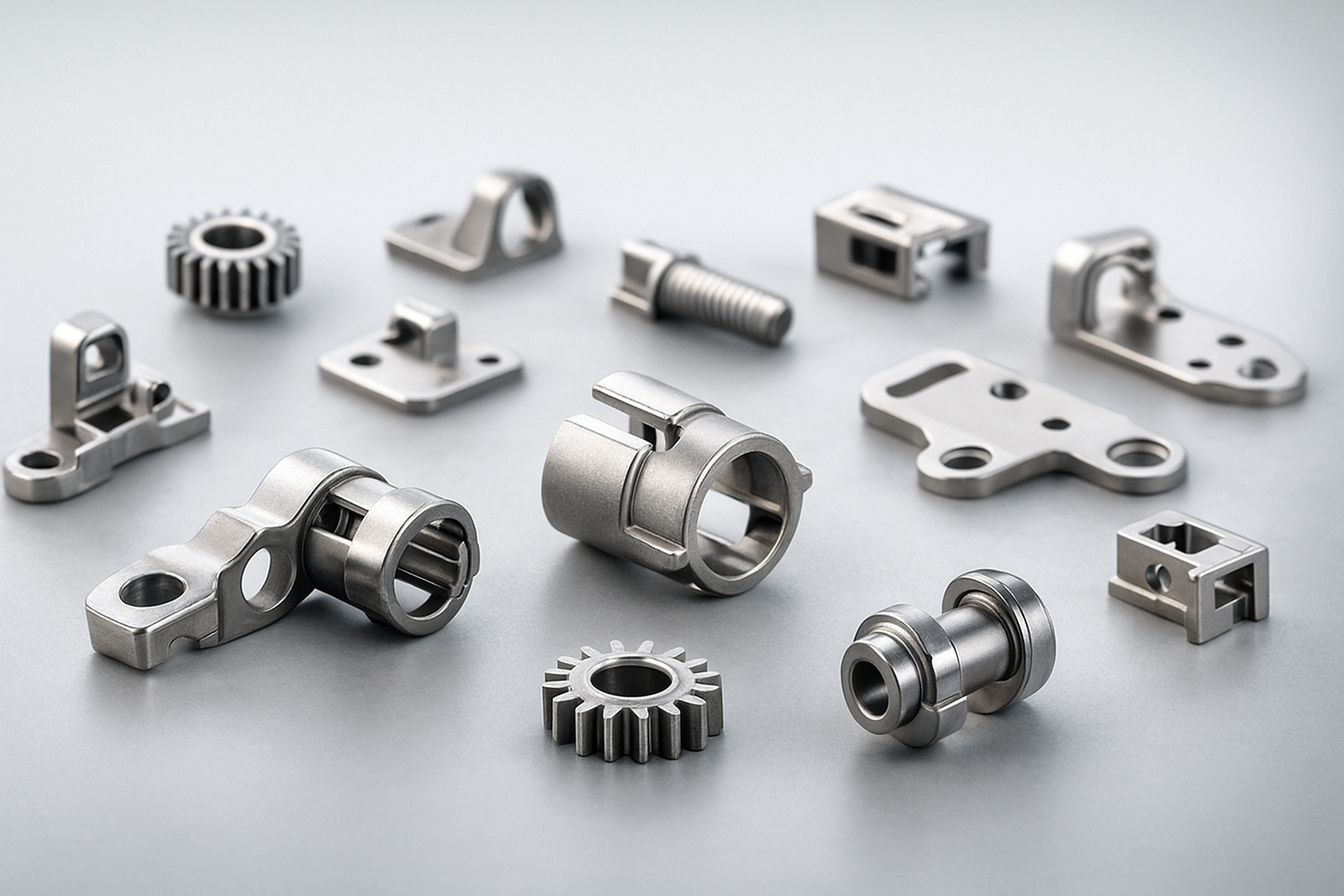
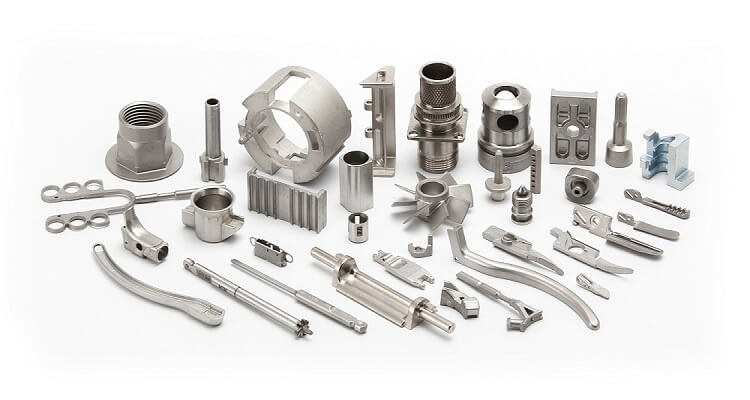
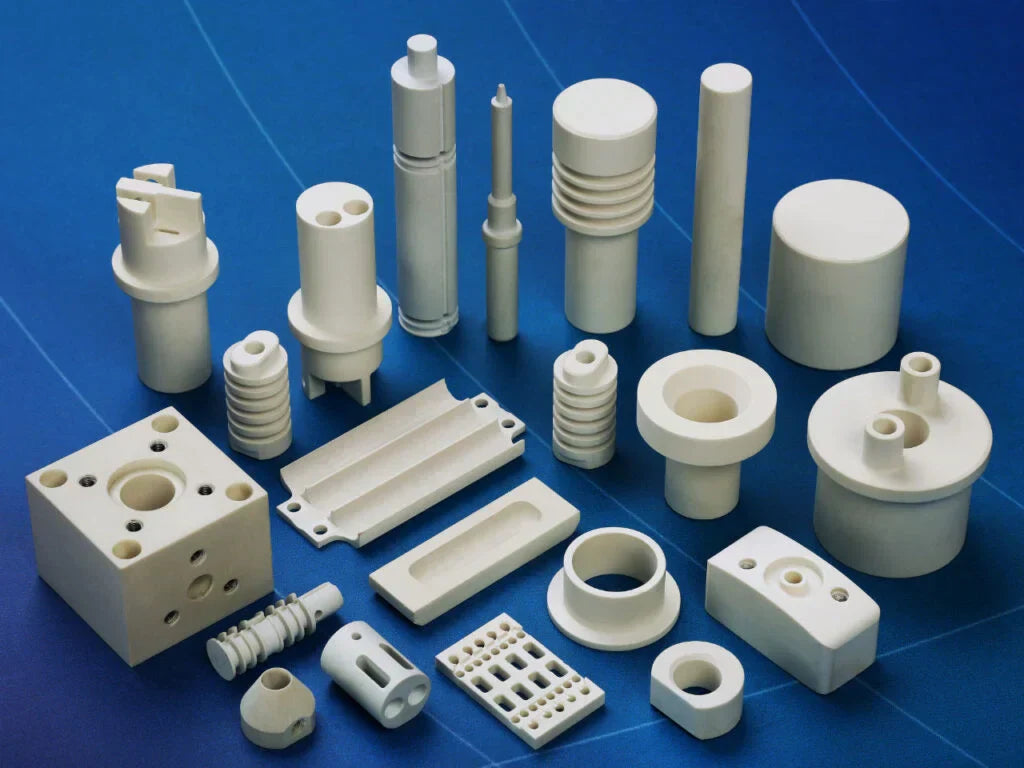
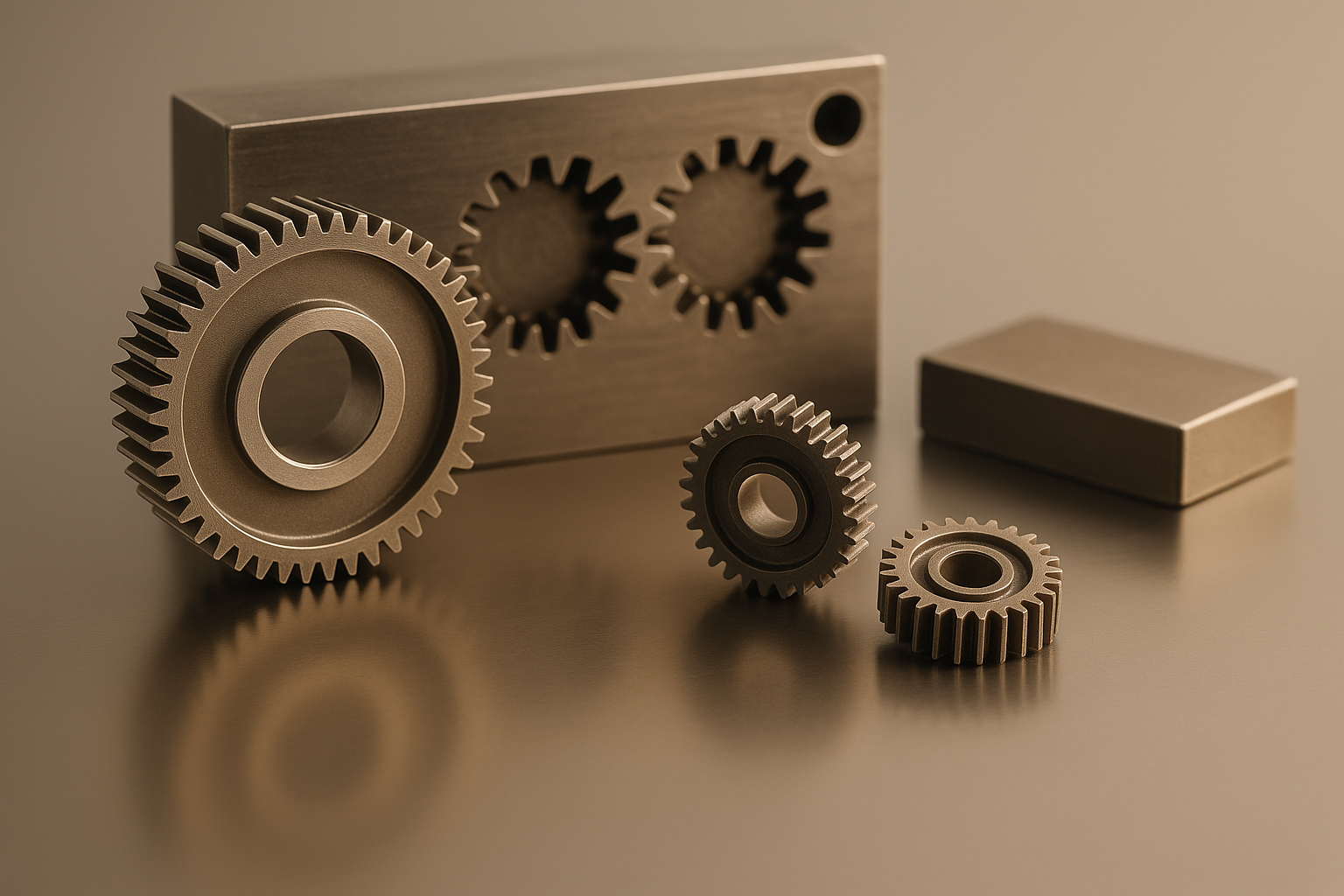
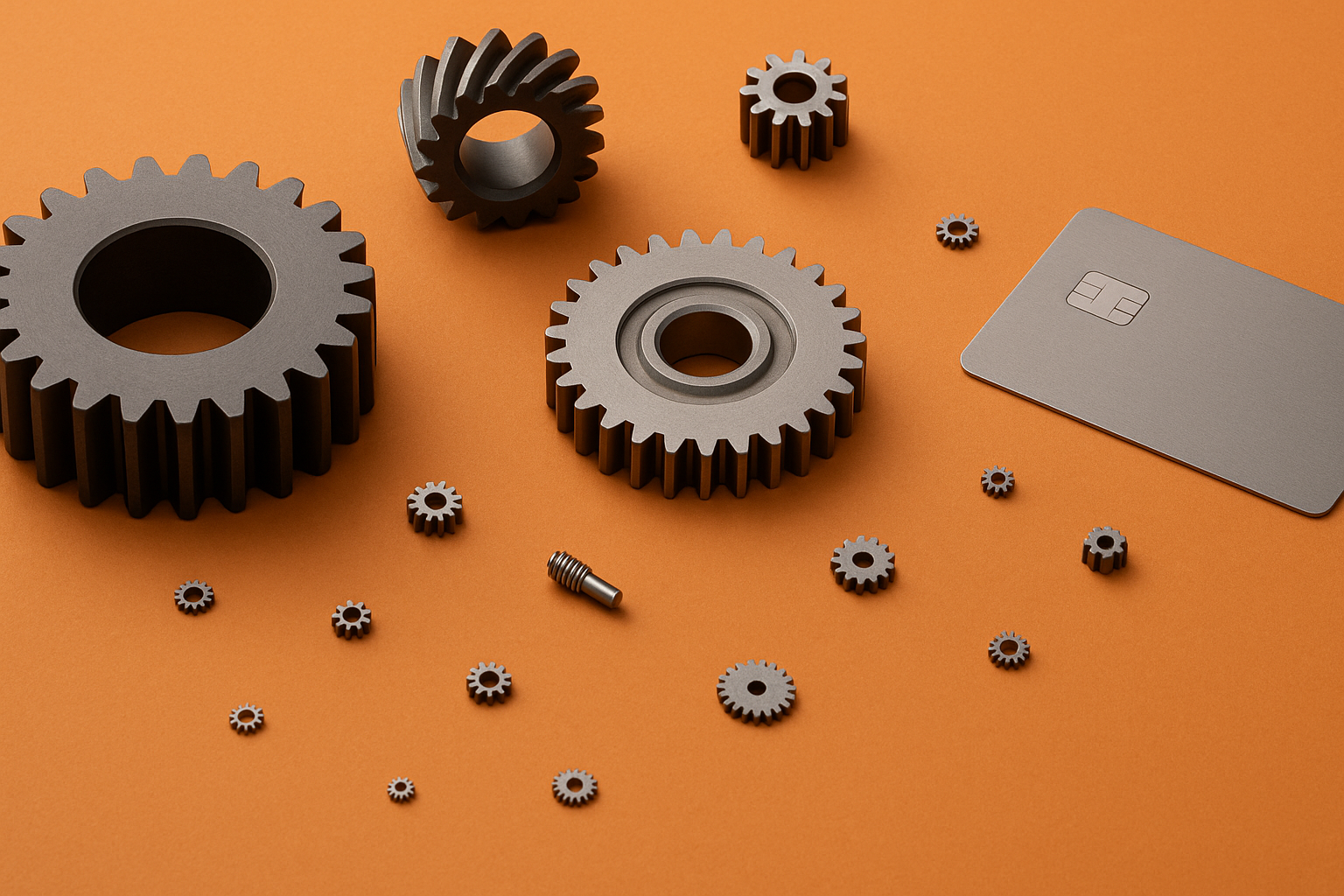
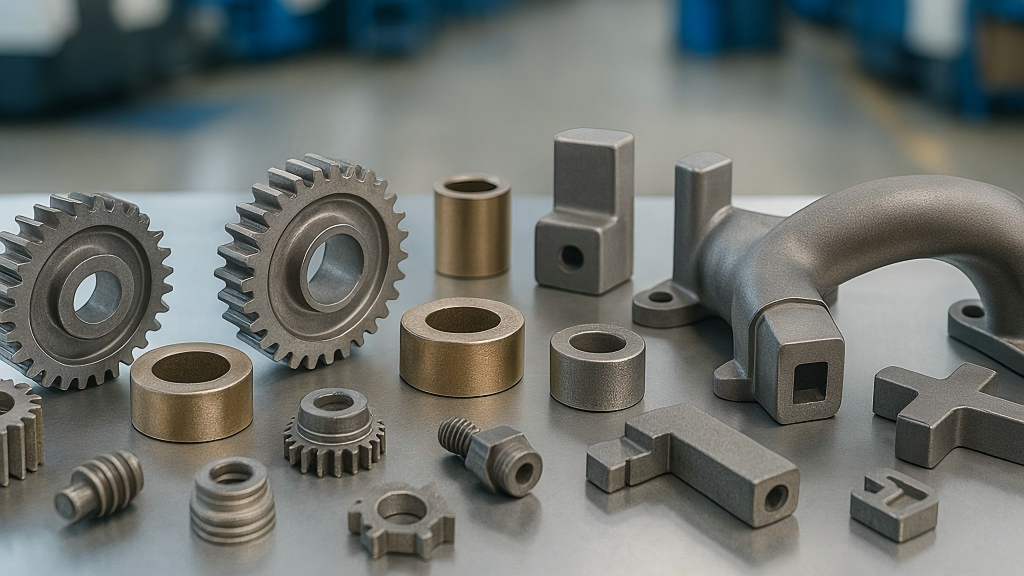
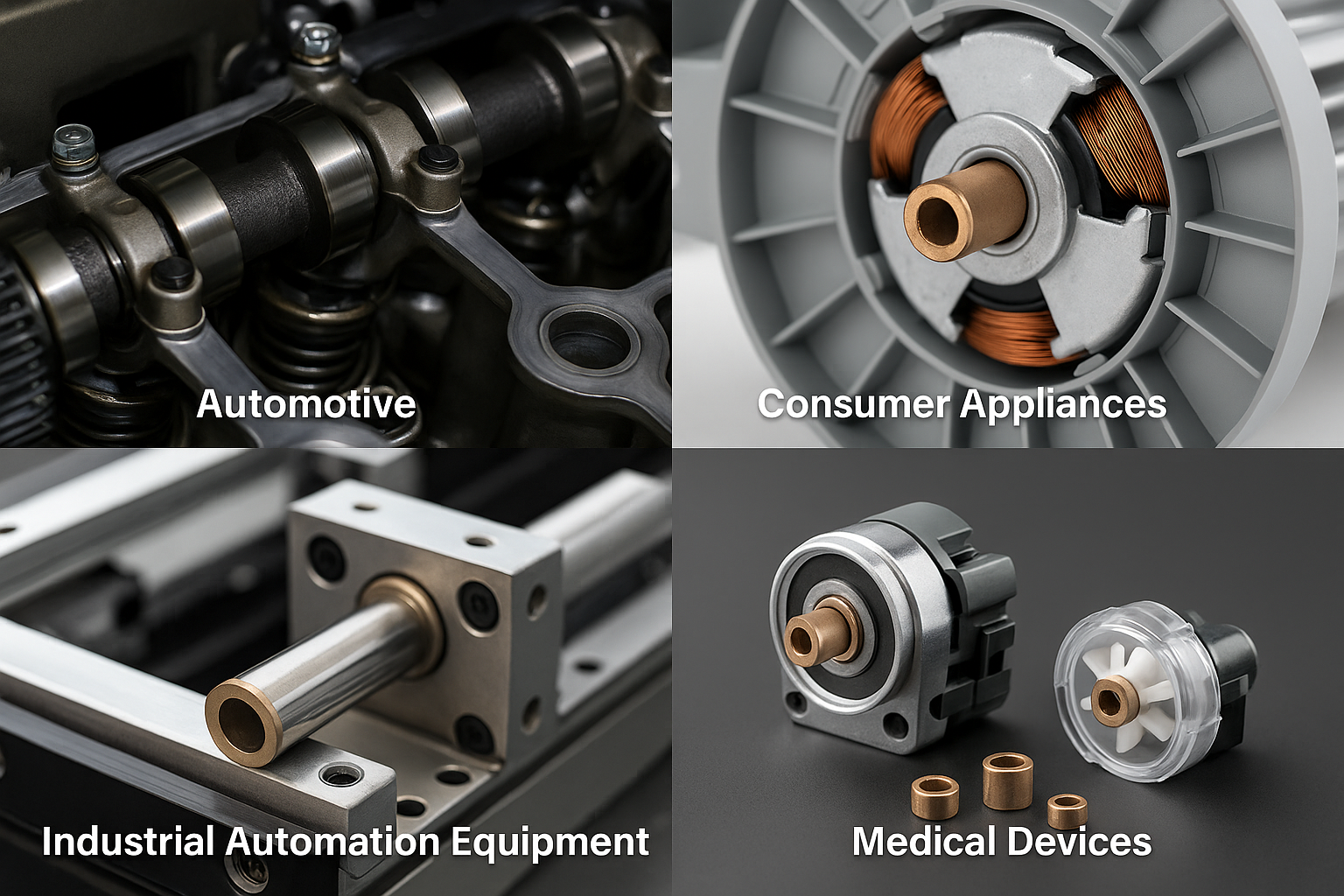

Share:
Mechanical Machine Parts: What They Are, How They’re Made, and Why They Matter in Real Production
Sintered Parts Manufacturer: High-Precision Powder Metallurgy for Complex Metal Components